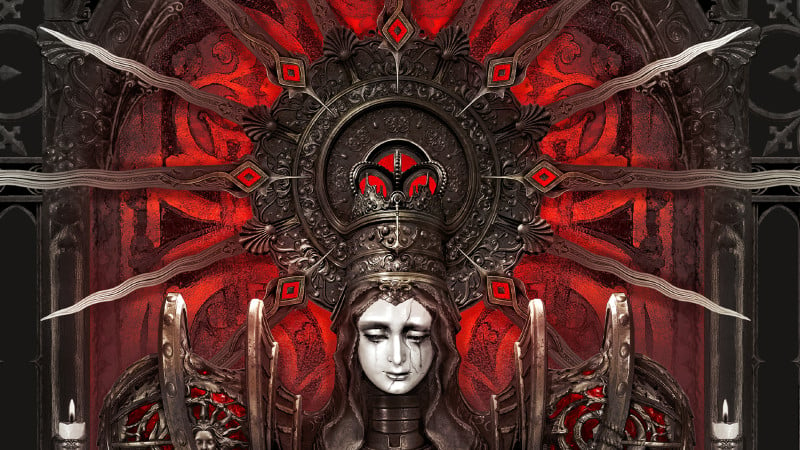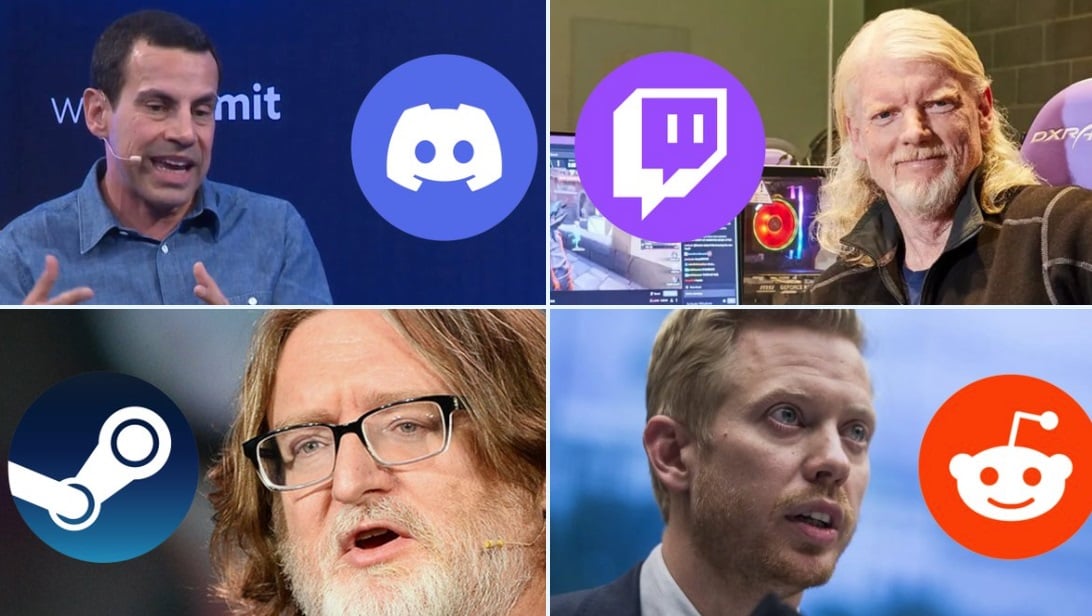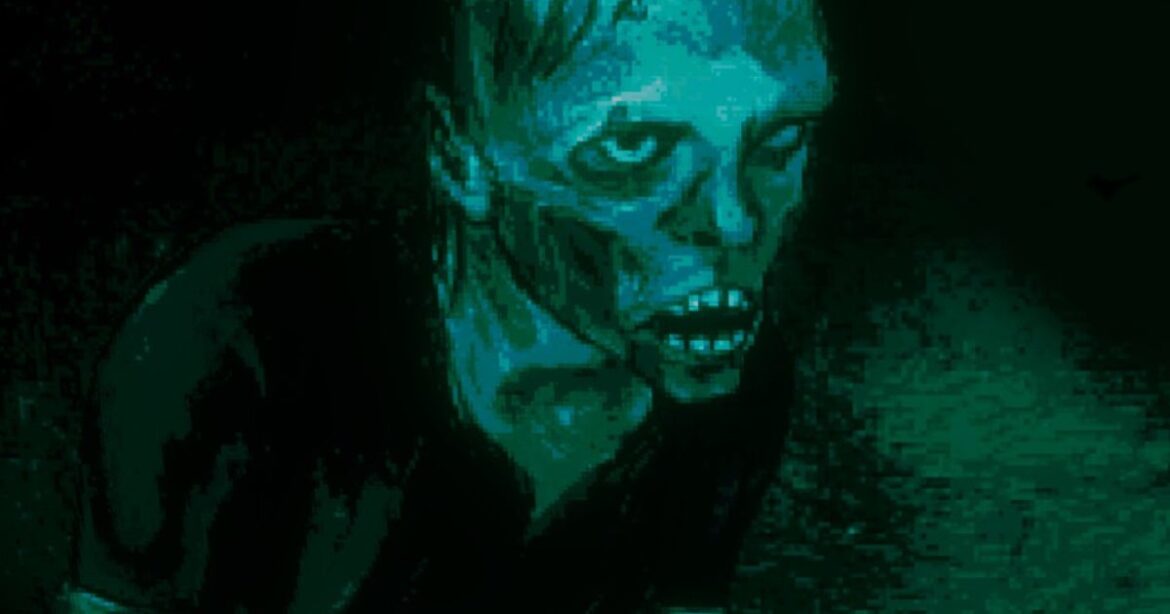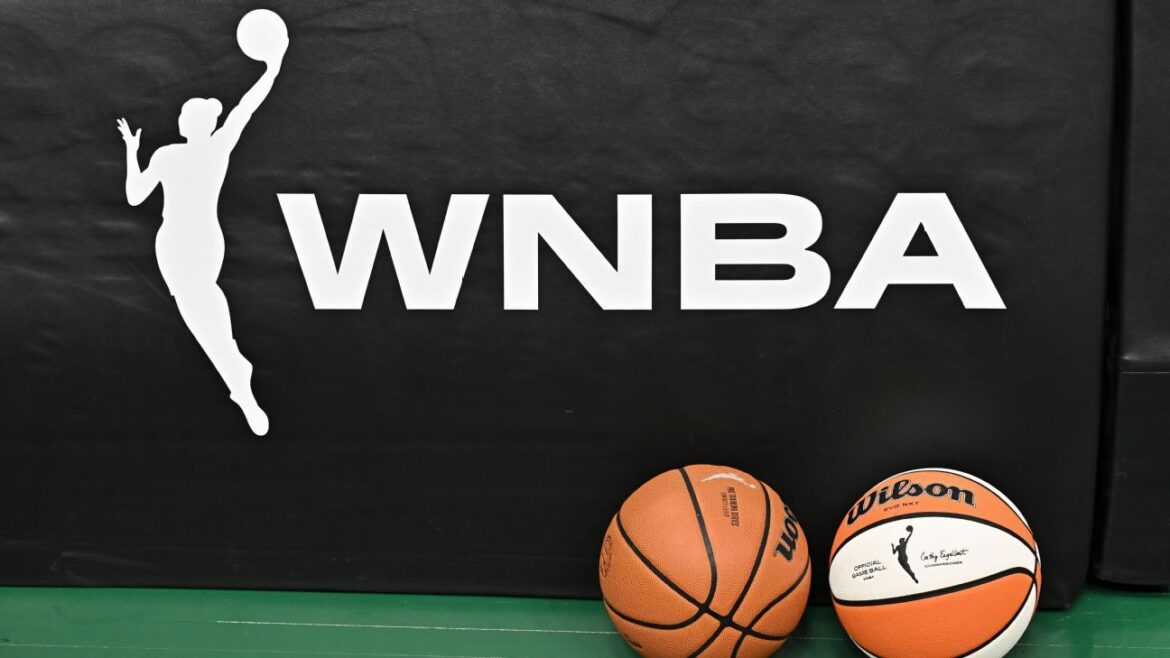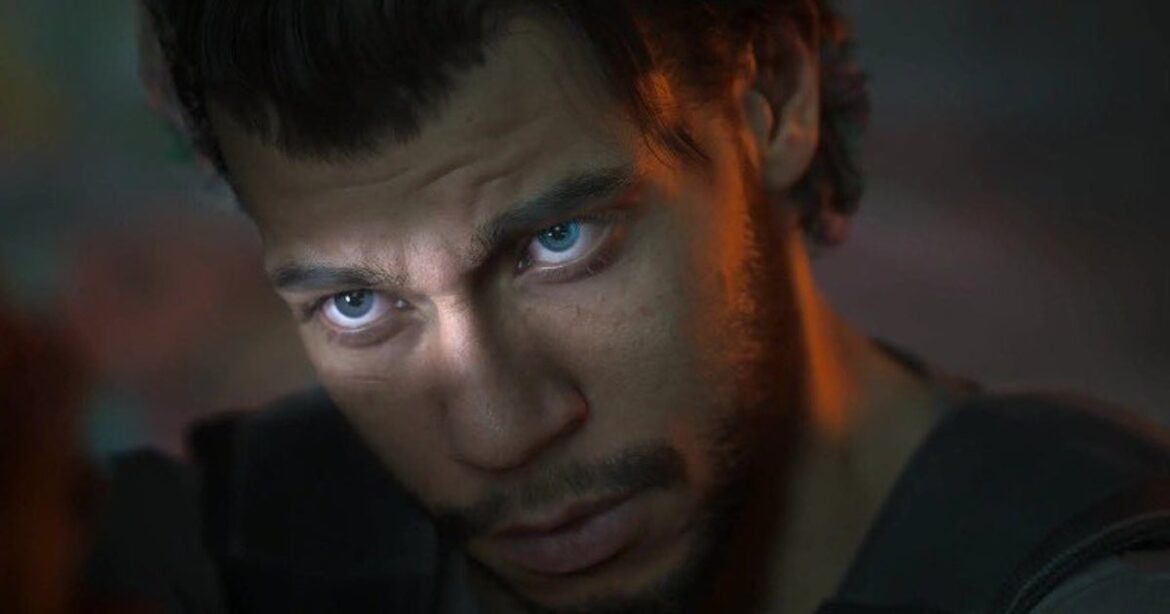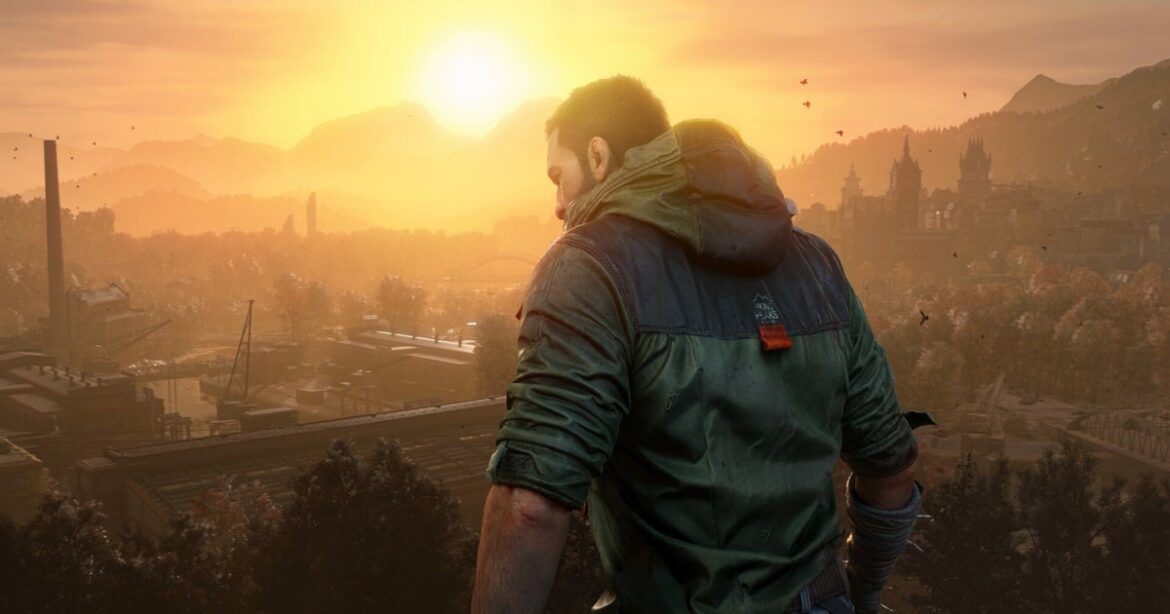Revealed as the Six One Indie Showcase’s “One More Thing” game, City of Dolorosa brings players to Hell. Developer Cuelebre Cult describes City of Dolorosa as a narrative game that blends first-person exploration with visual novel-style dialogue. After a mysterious, rigged trial, you’re condemned to live in Dolorosa, a city in Hell. The former king, Satan, has just died, so you’ll need to find your place in the mess he leaves behind. The art style is reminiscent of tattoos, especially in the coloring, and you should check out the trailer to see it for yourself. A demo is available now, and the game is set to launch next year.
Wishlist the game on Steam here.

